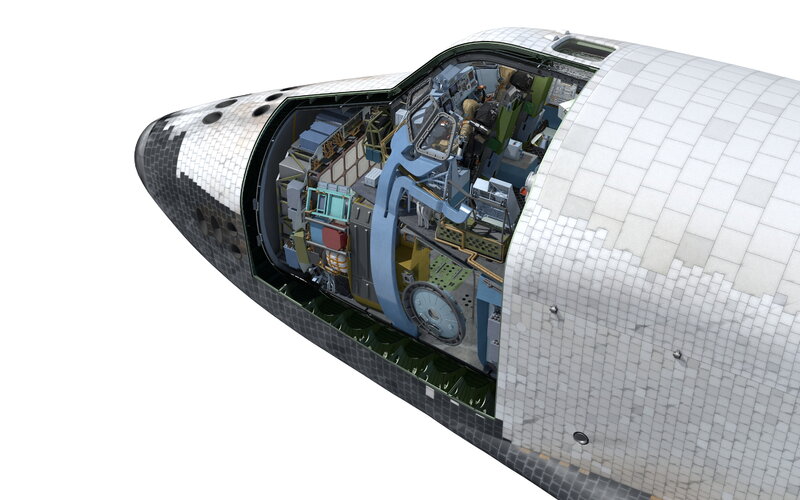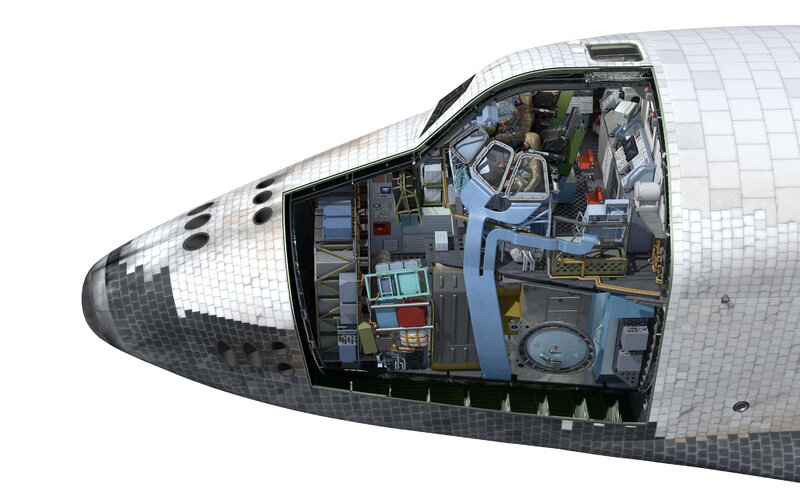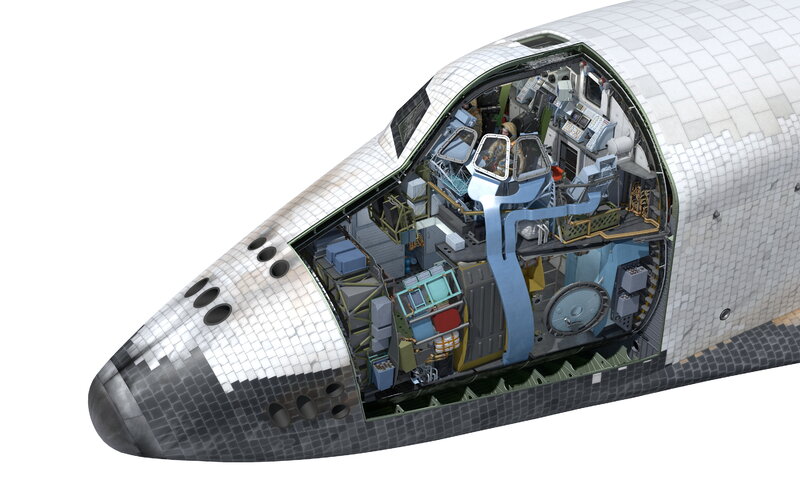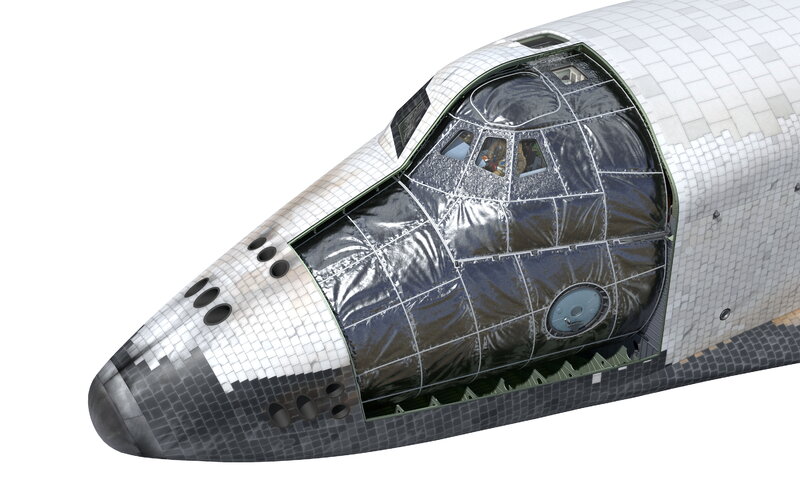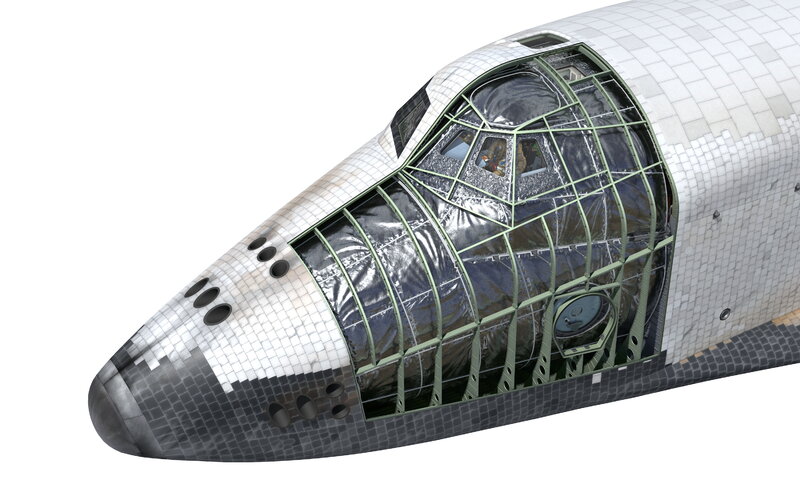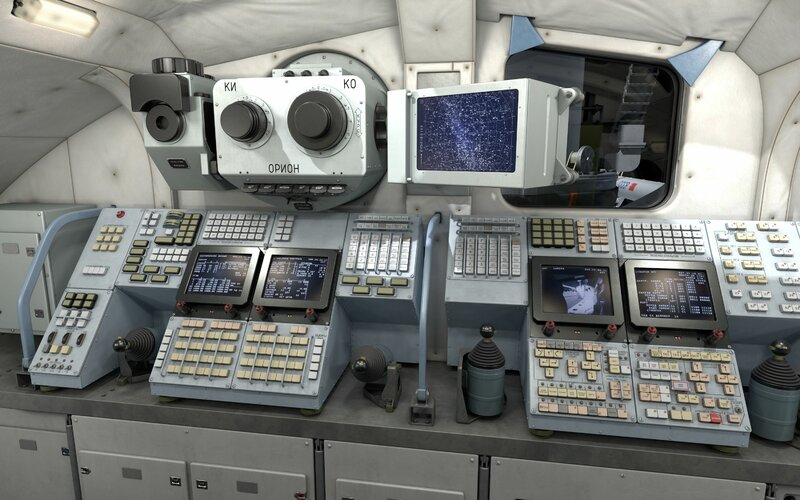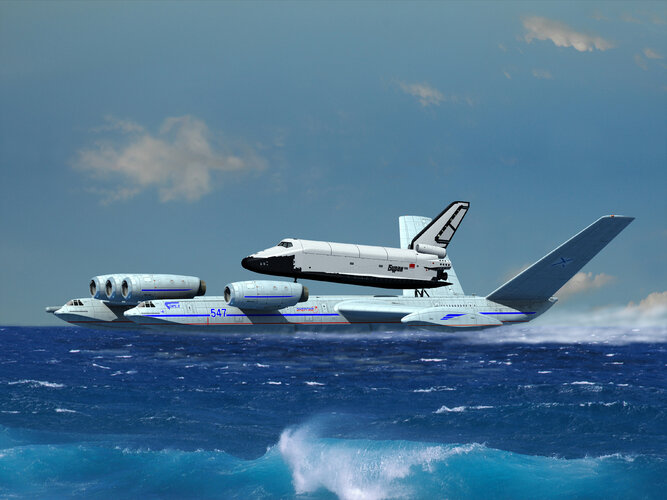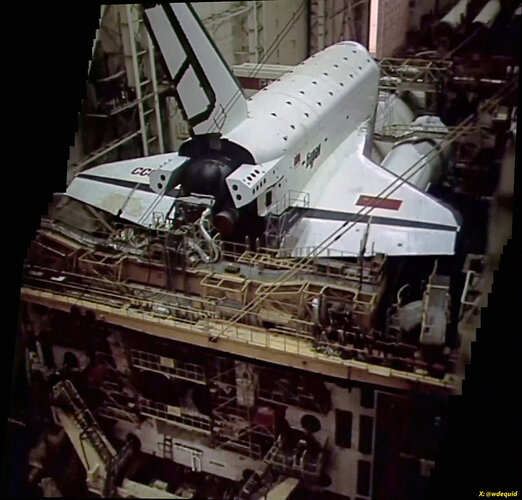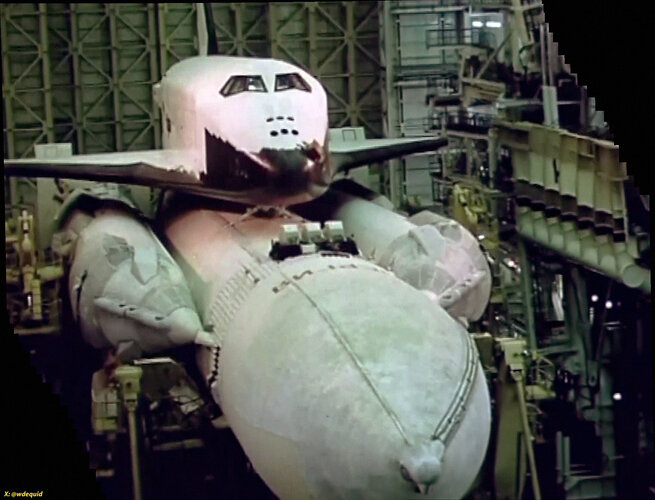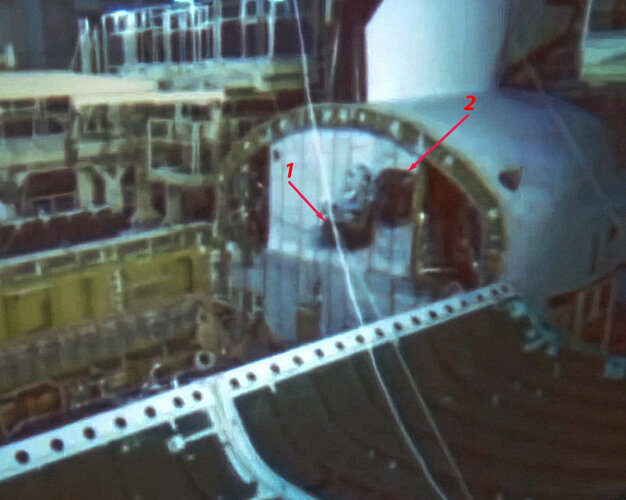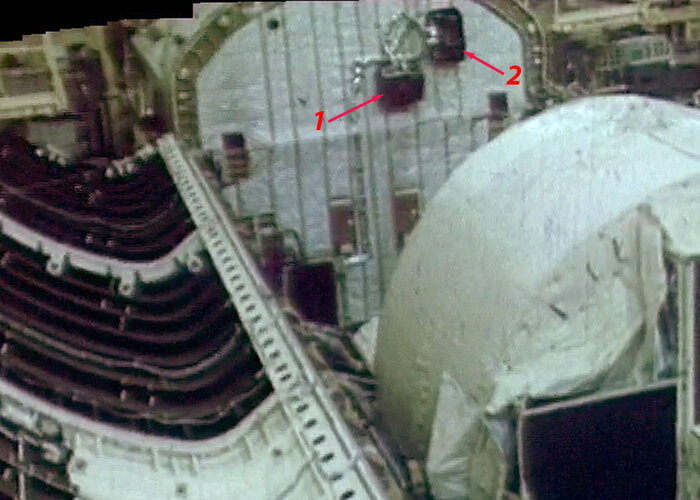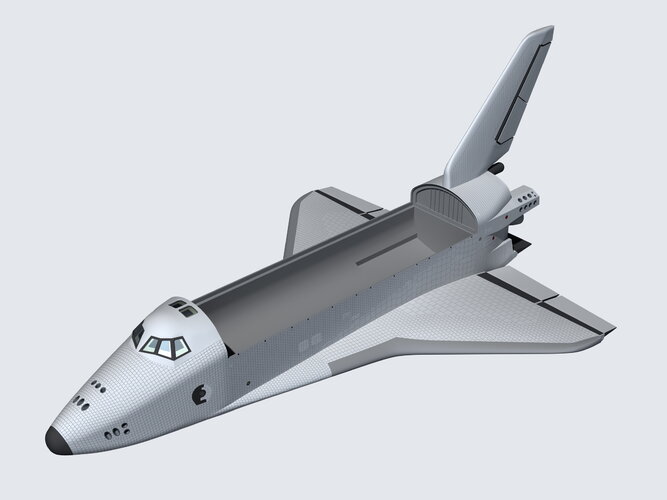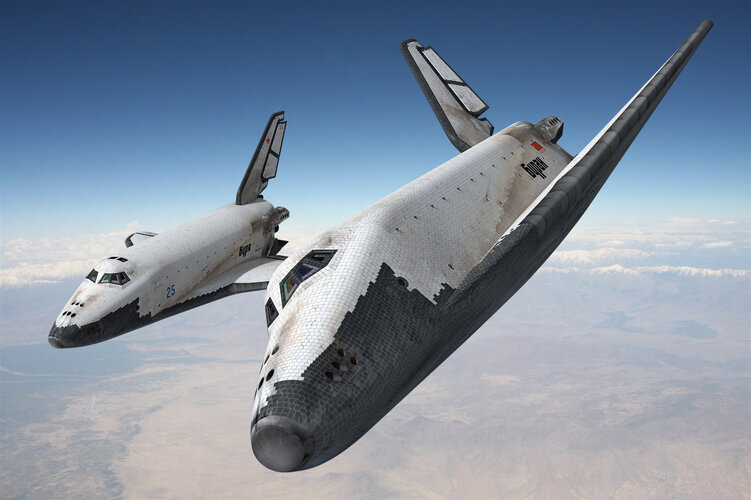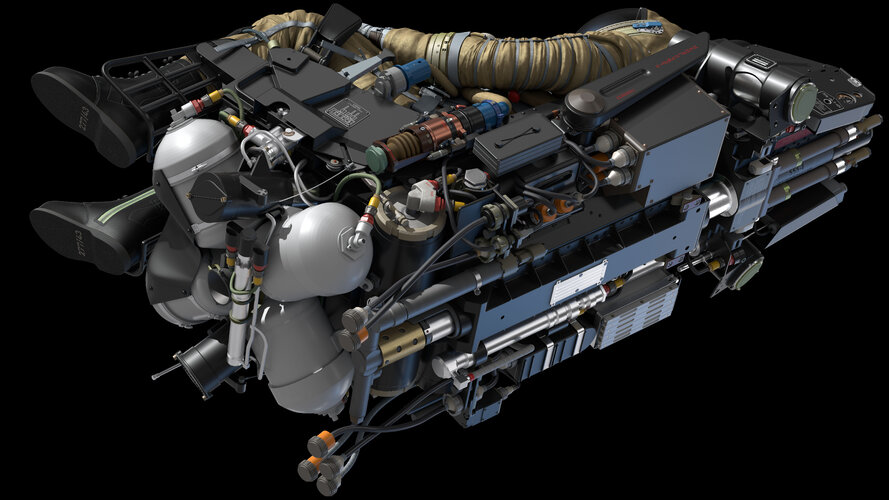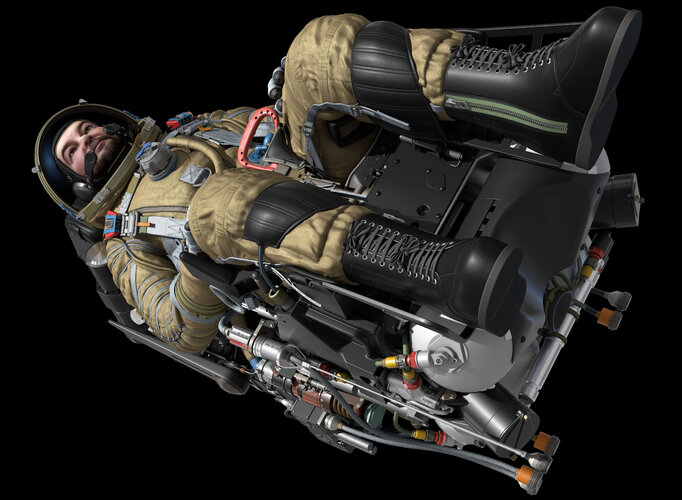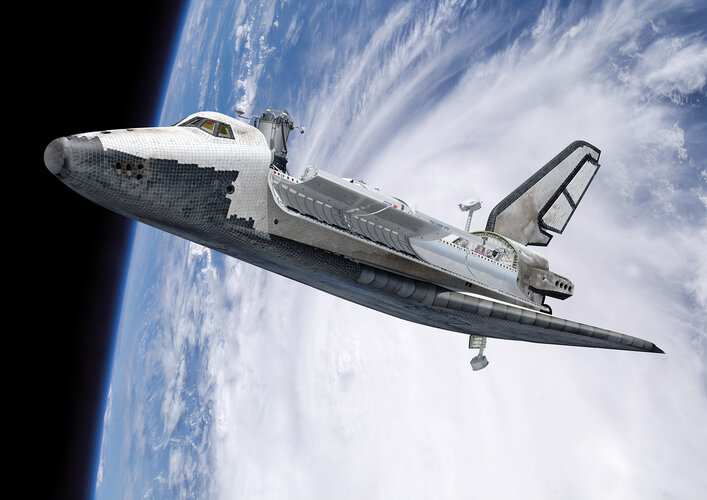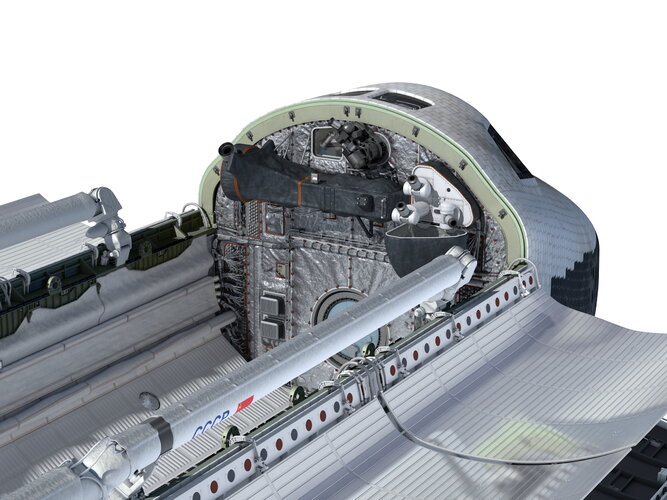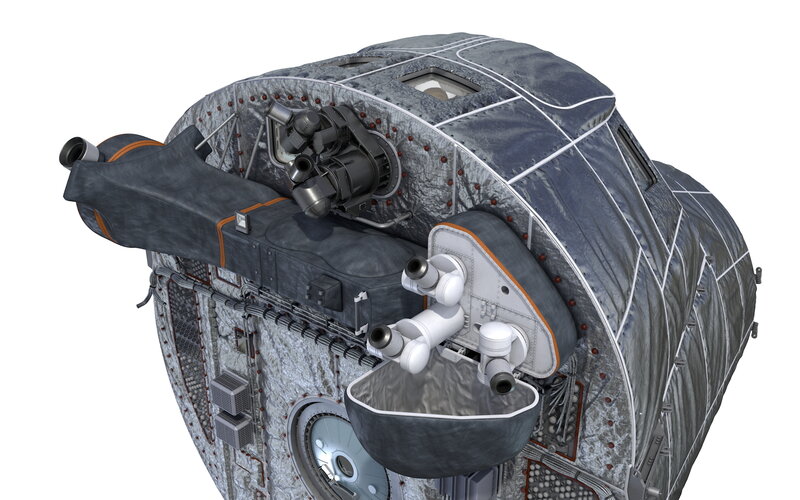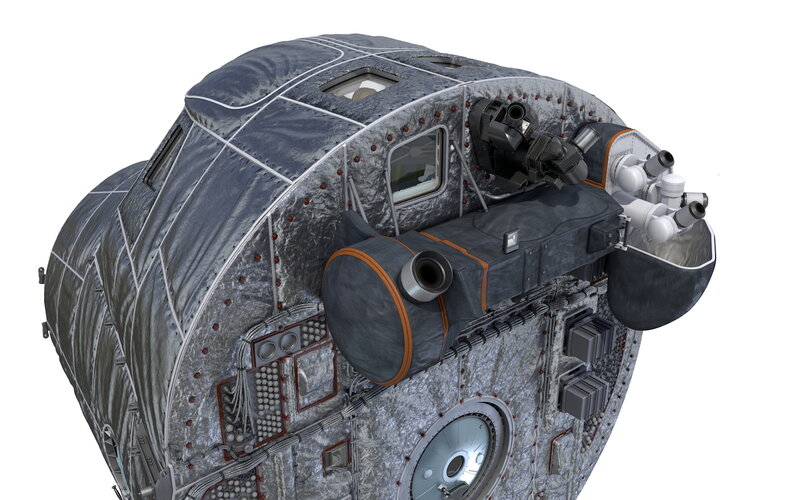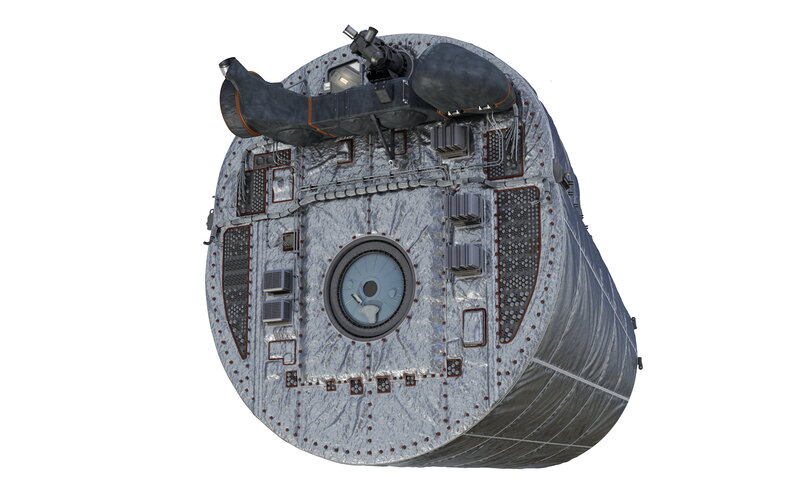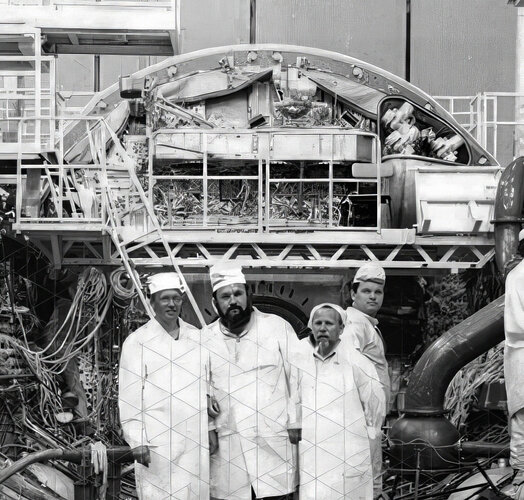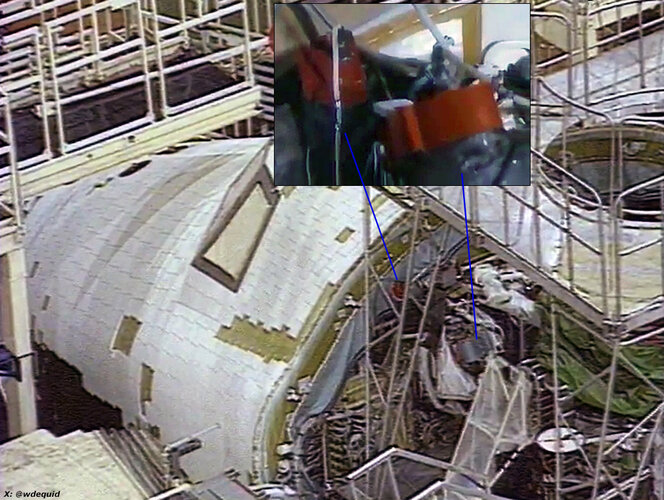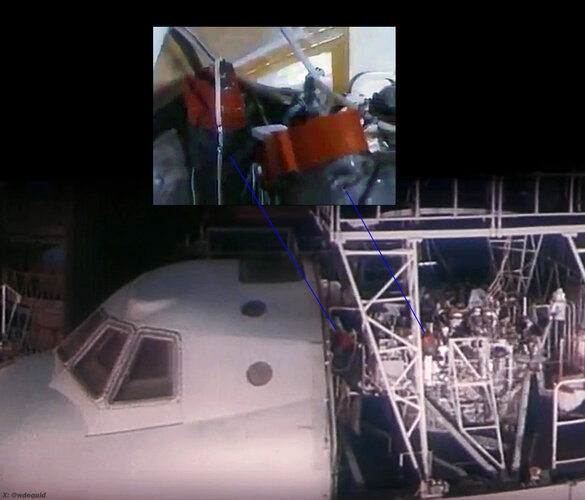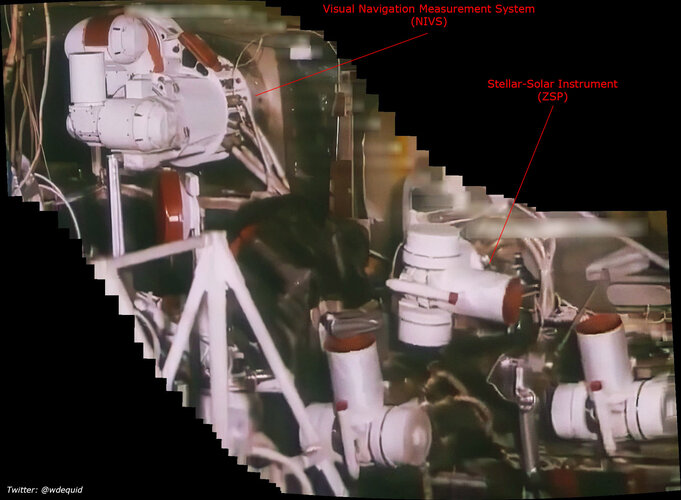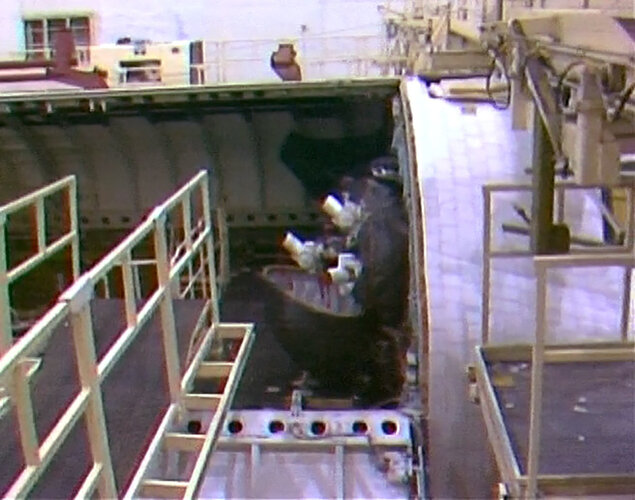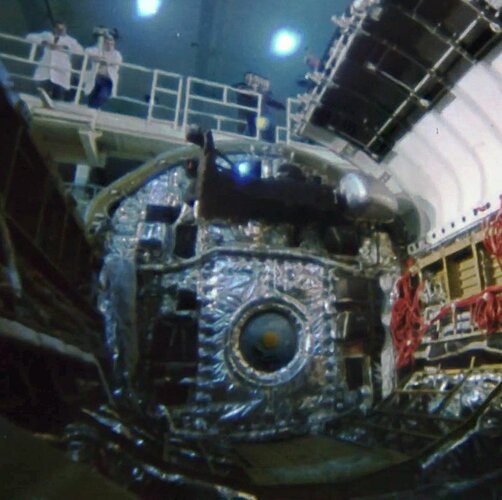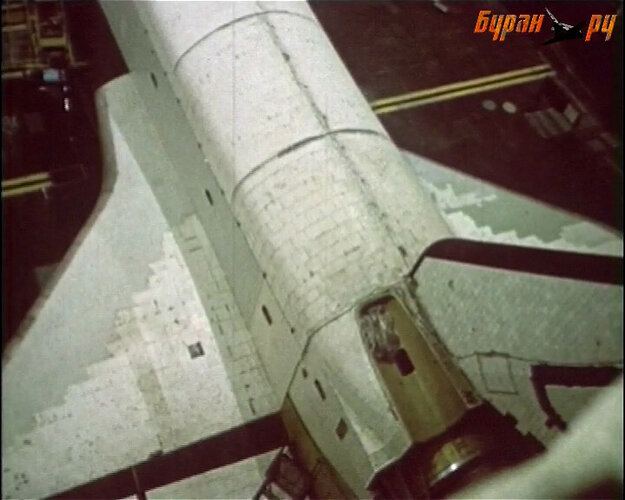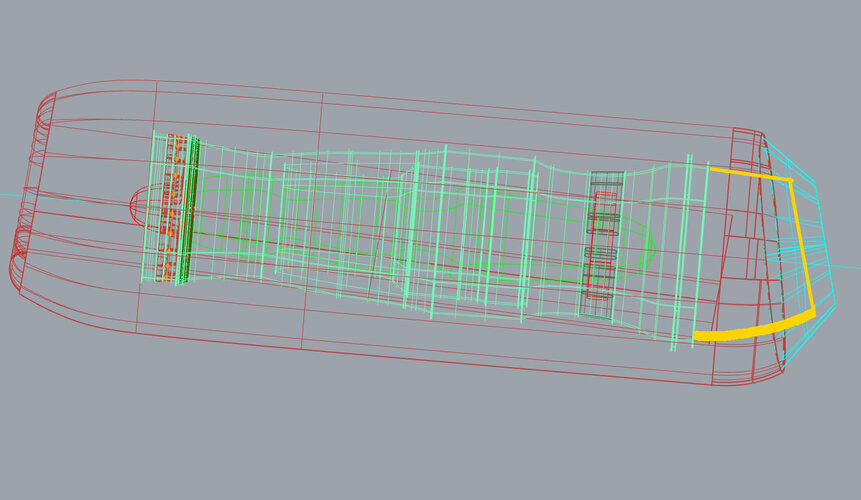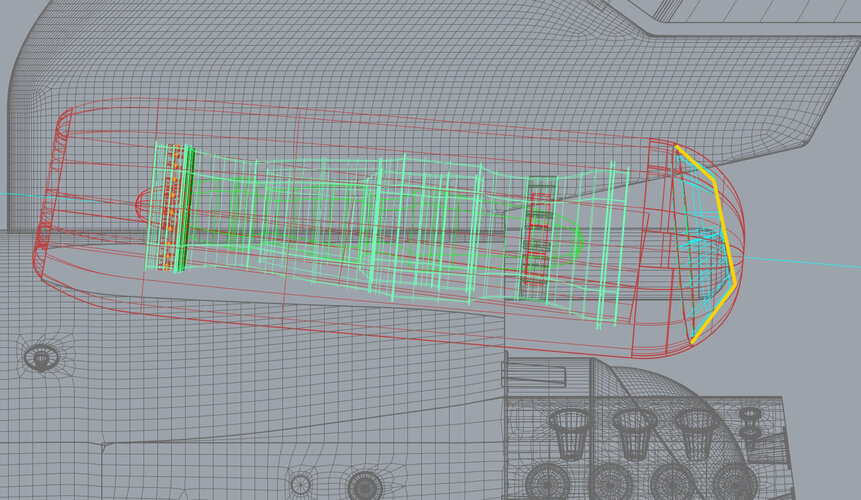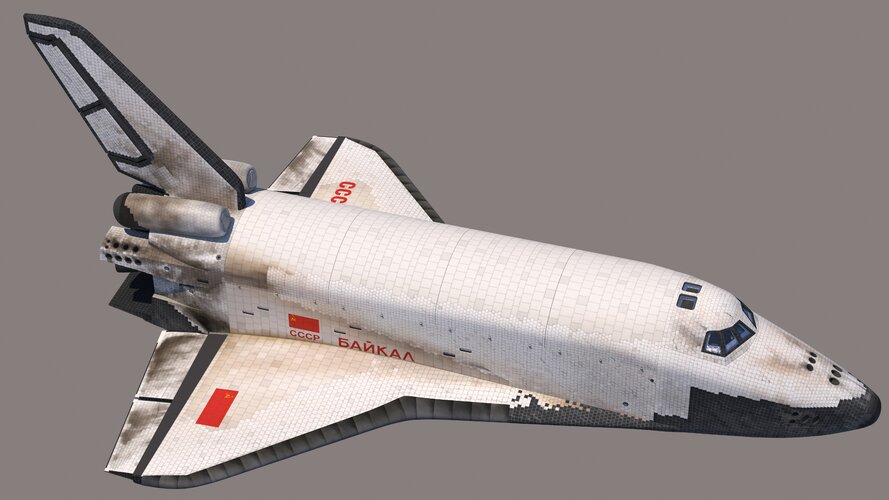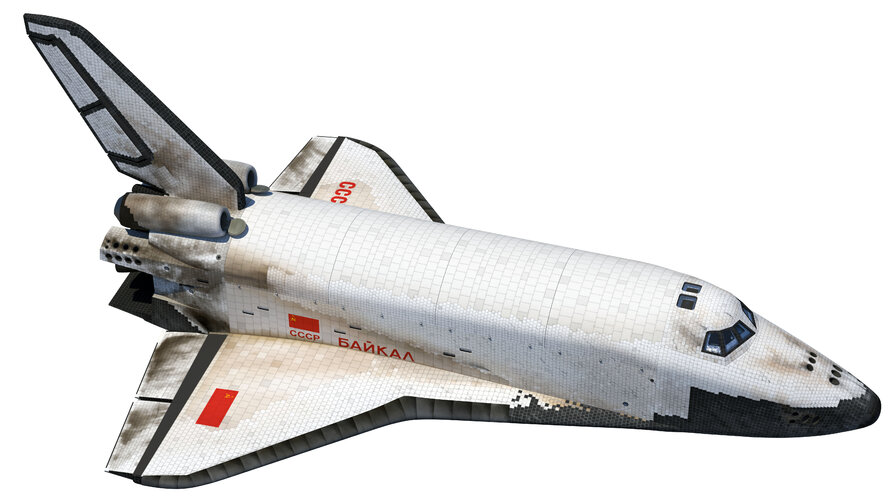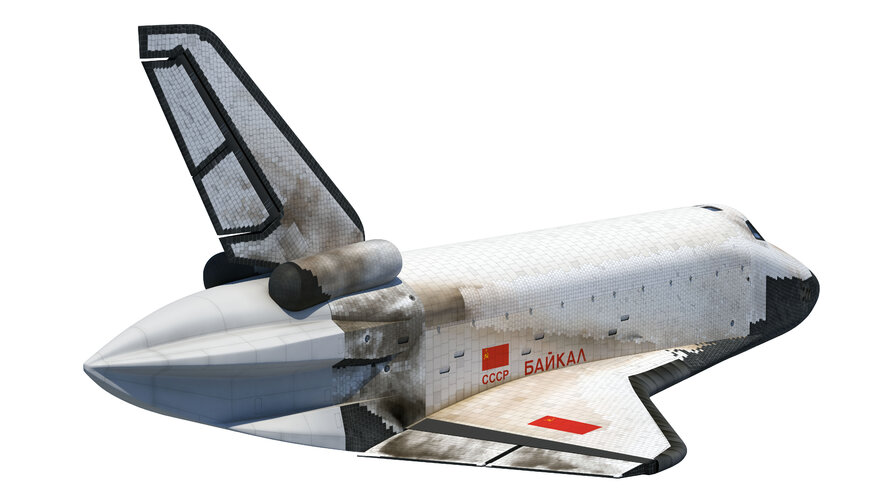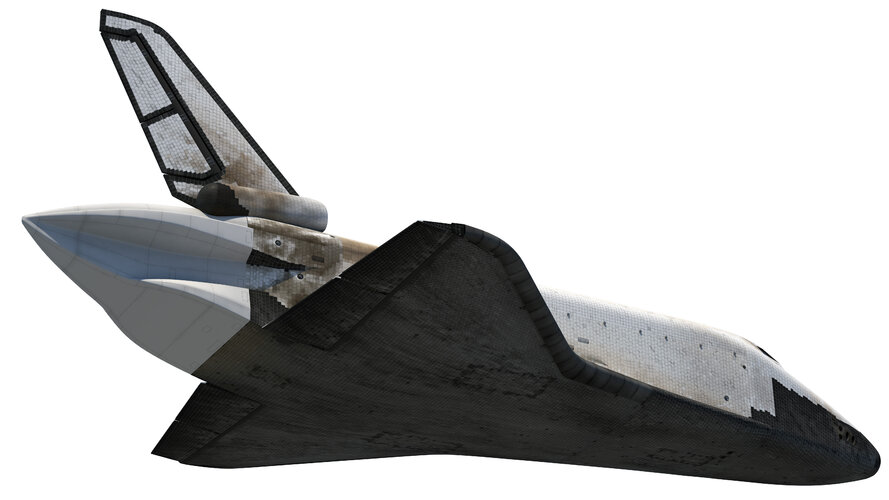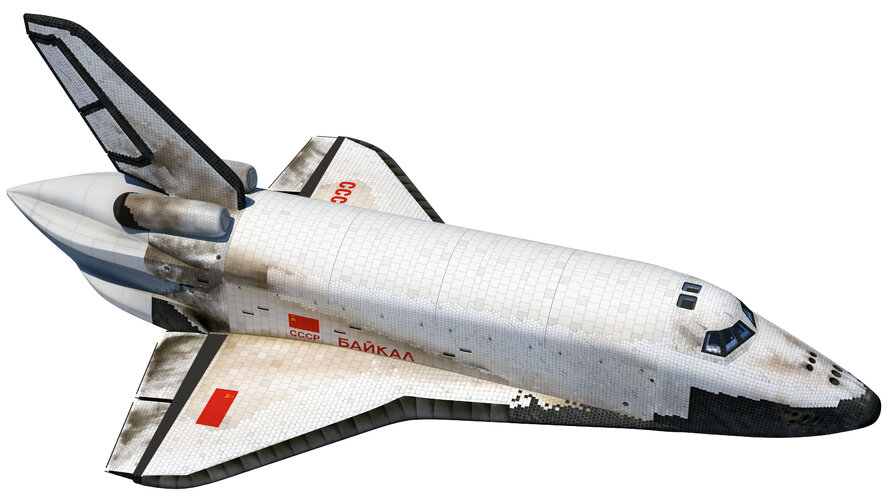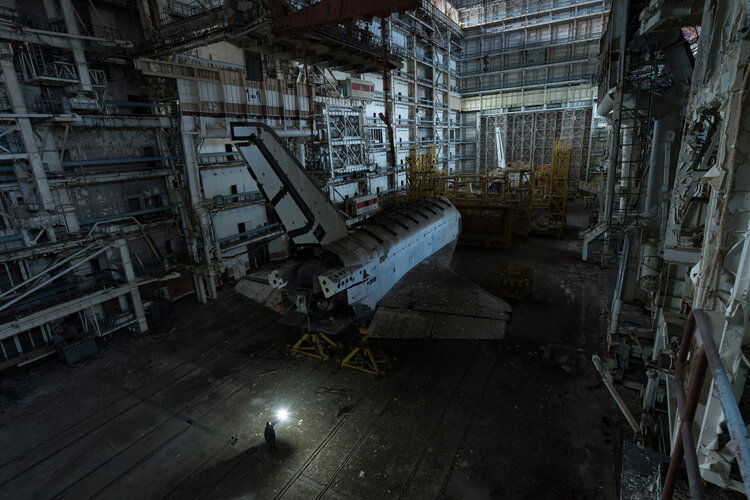Incarn
ACCESS: Restricted
- Joined
- 2 November 2024
- Messages
- 45
- Reaction score
- 282
Пульт управления «Бурана»
С сайта Эврики :
« Панель управления кабиной « Бурана » получила общее обозначение СОИ (Система Отображения Информации/Система Отображения Информации») — так называются органы управления всех российских космических кораблей.
«Буран СОИ», получивший название «Вега» , был рассчитан на шесть космонавтов. Основные места командира и пилота (РМ, Рабочее место) были обозначены как РМ1 и РМ2. Остальные места (РМ3-6) должны были быть заняты бортинженерами для управления роботизированной рукой, шлюзом, выдвижным стыковочным модулем и другими системами. «Буран СОИ» был разработан совместными усилиями НПО «Энергия» (головного подрядчика программы «Энергия-Буран») и НПО «Молния» (орбитального офиса) при поддержке ЭМЗ им. Мясищева и авиационных организаций ЛИИ , ЦАГИ и Академии им. Жуковского . Одной из самых больших проблем было снижение массы СОИ, которая в окончательном варианте превышала 90 кг. СОИ ОК-ГЛИ ( Вега-ГЛИ ) позволяет нам оценить, как могла бы выглядеть панель управления — за исключением некоторых отличий, таких как газовые рычаги и приборы реактора, отсутствующие на орбитальном корабле».
Более:

La cabina del Burán - Eureka
El transbordador soviético Burán voló en una sola ocasión en 1988. Fue la primera y única vez que una nave reutilizable realizó una misión de forma totalmente automática. Sin embargo, […]danielmarin.naukas.com
View attachment 742878
"Buran" control panel
From the Eureka website:
"The control panel of the "Burana" cabin received the general designation SOI (Information Display System/Information Display System") - this is the name of the control bodies of all Russian spacecraft.
"Buran SOI", called "Vega", was designed for six astronauts. The main positions of the commander and pilot (RM, Workplace) were designated as RM1 and RM2. The remaining places (RM3-6) were to be occupied by flight engineers to control the robotic arm, lock, retractable docking module and other systems. "Buran SOI" was developed by the joint efforts of the NGO "Energy" (the main contractor of the "Energy-Buran" program) and the NGO "Molniya" (orbital office) with the support of EMZ named after Myasishchev and aviation organisations of LII, TsAGI and the Academy named after Zhukovsky . One of the biggest problems was the reduction in the mass of SOI, which in the final version exceeded 90 kg. SOI OK-GLI (Vega-GLI) allows us to assess what the control panel could look like - except for some differences, such as gas levers and reactor devices, which are absent on the orbital ship".
More:
Показываю все рабочие места (РМ-1, РМ-2, РМ-3, РМ-4, РМ-5 и РМ-6) "Бурана" (1.01).
На кораблях 1.02, 2.01, 2.02 и 2.03 есть отличия
I show all workplaces (RM-1, RM-2, RM-3, RM-4, RM-5 and RM-6) "Burana" (1.01).
There are differences between ships 1.02, 2.01, 2.02 and 2.03
Attachments
-
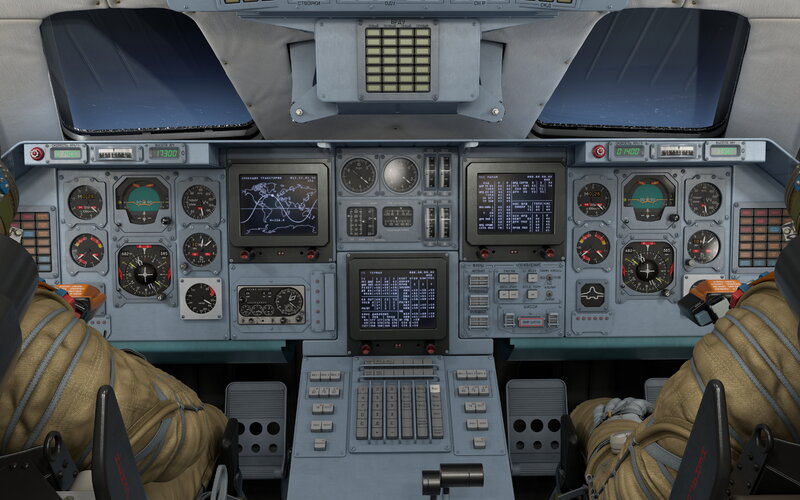 deck_1_cockpit_front_04.jpg3.6 MB · Views: 85
deck_1_cockpit_front_04.jpg3.6 MB · Views: 85 -
 deck_1_work_area_right_05.jpg3.4 MB · Views: 47
deck_1_work_area_right_05.jpg3.4 MB · Views: 47 -
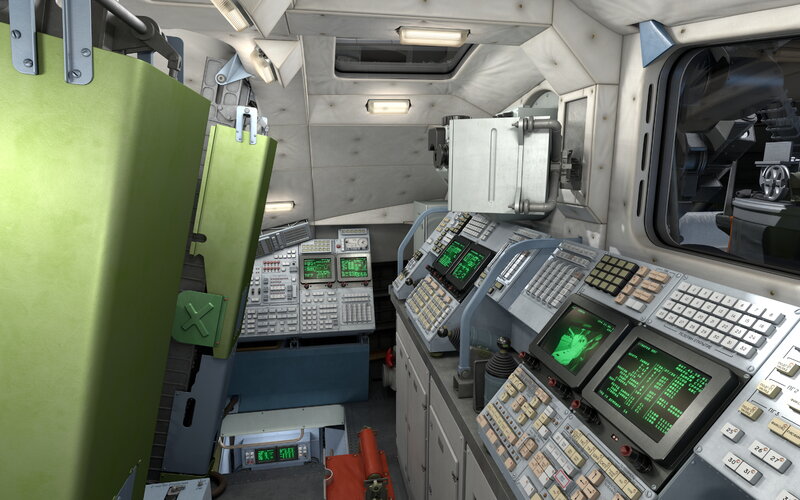 deck_1_work_area_right_01_green_displays.jpg3.8 MB · Views: 43
deck_1_work_area_right_01_green_displays.jpg3.8 MB · Views: 43 -
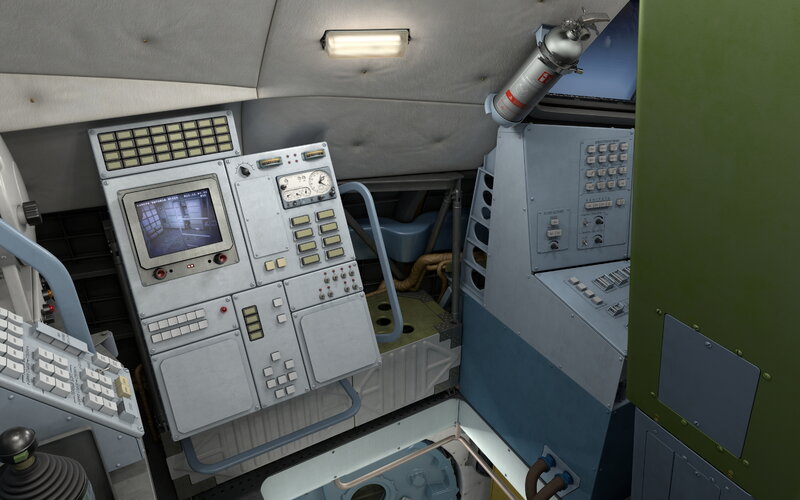 deck_1_work_area_left_05.jpg3.2 MB · Views: 43
deck_1_work_area_left_05.jpg3.2 MB · Views: 43 -
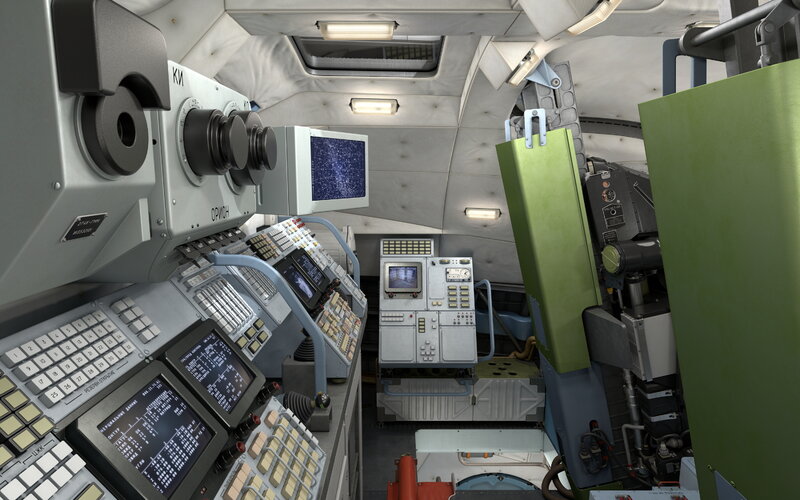 deck_1_work_area_left_04.jpg3.6 MB · Views: 44
deck_1_work_area_left_04.jpg3.6 MB · Views: 44 -
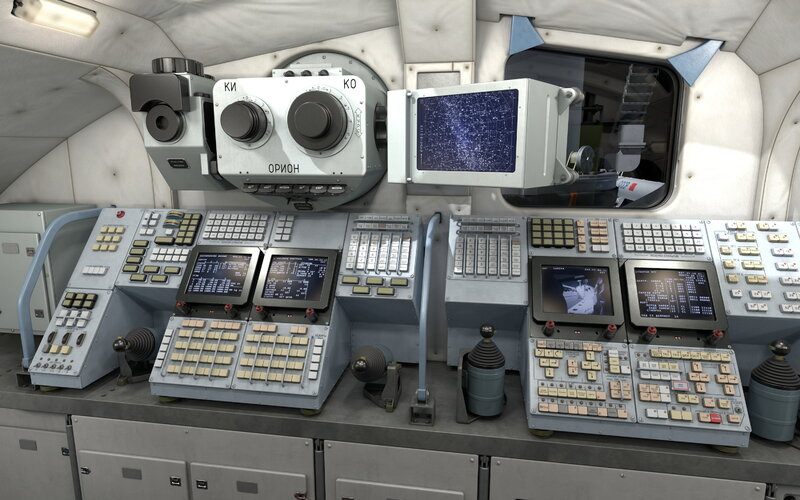 deck_1_work_area_back_05.jpg3.6 MB · Views: 43
deck_1_work_area_back_05.jpg3.6 MB · Views: 43 -
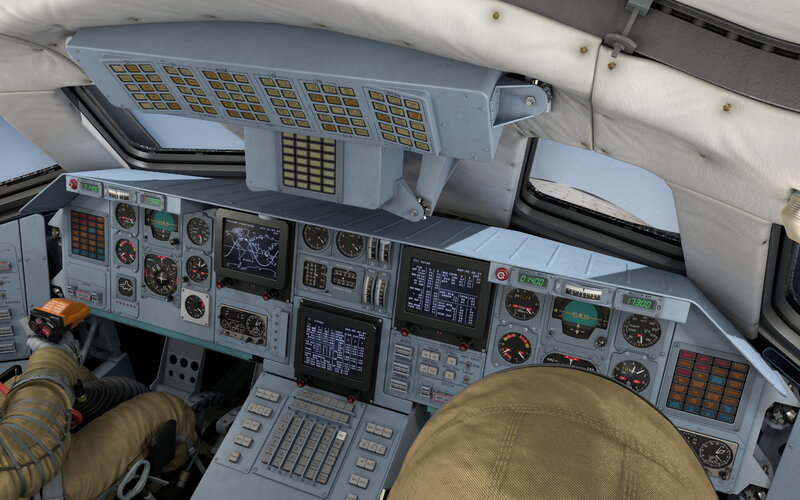 deck_1_cockpit_top_views_right_01.jpg3.8 MB · Views: 44
deck_1_cockpit_top_views_right_01.jpg3.8 MB · Views: 44 -
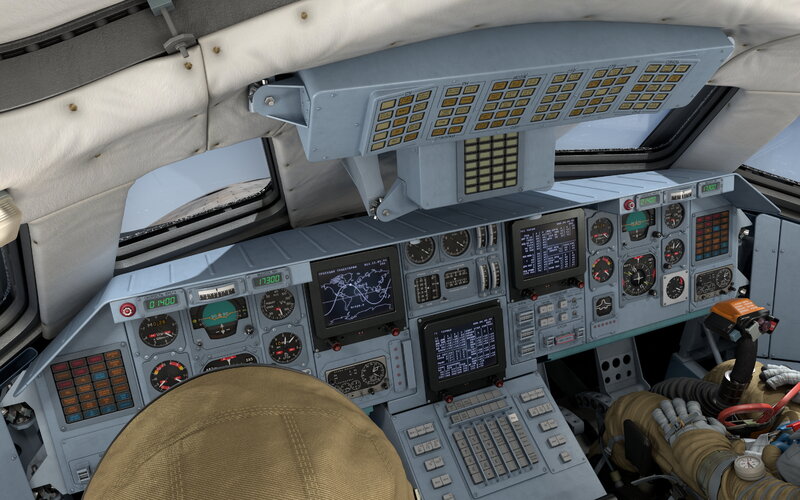 deck_1_cockpit_top_views_left_01.jpg3.8 MB · Views: 69
deck_1_cockpit_top_views_left_01.jpg3.8 MB · Views: 69
Last edited by a moderator:

